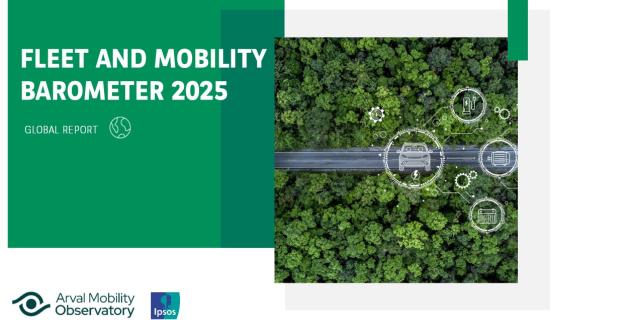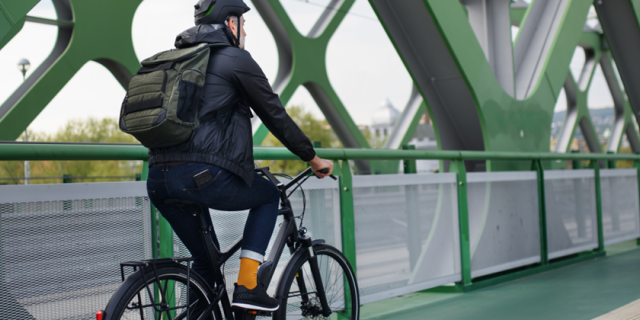The coronavirus outbreak is first and foremost a human tragedy, affecting hundreds of thousands of people. It is also having a growing impact on the global economy. The COVID-19 pandemic will certainly lead to a world recession.
Among other industries, the global automotive industry will confront a challenging year with impacts on the mobility landscape. What can we already see on the market? What will be the impacts after this pandemic? What are the impacts on the vehicle manufacturers (OEMs)?
There has been a strong impact on all OEMs on both demand and supply sides. Indeed, they closed their plants and showrooms in Europe during the last weeks as many European countries entered into a lockdown situation. From January to March 2020, demand for new cars declined by 25.6% in the EU according to the ACEA.
A few have restarted production but in some cases with reduced volumes because of different reasons: ongoing disruption in the supply chain, reduced demand and because of hygiene measures implemented in the plants. People have to learn how to work in a different way. The paramount concern is the health of the employees and companies need to adapt to protect their employees. Employee safety comes first. Masks, gloves, social distancing are all new hygiene measures.
However, what happened during this period?
Some OEMs revamped their production lines to manufacture medical equipment (PSA group in France with Valeo, Schneider Electric and Air Liquide will produce 10 000 ventilators by the end of May, Seat in Spain, Fiat has produced electro valves in Italy), and while others offered hospitals and healthcare institutions the possibility of using vehicles. Others donated facemasks, money or volunteer workers. Therefore, many OEMs contributed to the overall effort of overcoming the health impact of COVID-19 in a variety of ways.
We have seen the development of new processes:
More digital processes: Tesla was a precursor with the online purchase process. During the crisis, PSA has developed an online purchase process for vehicles already in stock with a full digital process until the point of a contactless delivery at home. Volvo has also proposed an online sales process. In France, both Ford and Fiat have proposed a contactless car delivery at home. These digital processes were previously an option, but could become the norm in the future and provide a real benefit.
New internal organization: Volkswagen has put in place a 100-point plan with measures implemented in its production plants designed to protect employees including social distancing and protective equipment such as masks, gloves etc….
New products have been developed to reinforce hygiene measures: Gruau has developed a partitioning system for LCV called Protect Man. Up to four isolated cells can be created with a protection fixed on the roof pavilion. Durrissoti has developed a viral protection solution for public transport drivers and users and for LCV called Viral Protect, OEMs will have to set the right configuration of vehicles in terms of efficiency: to consider the storage of hygiene equipment.
However, there is one remaining point: the CO2 targets and the CAFE 2021 regulation. ACEA has sent a letter to the President of the European Commission to request some adjustment regarding the timing of these laws. At the present time, no decision has been taken. The situation is not the same from one OEM to another. Some of them have stated that they can achieve this regulation in spite of the COVID-19 crisis, whilst others will have difficulties. What will be the impact on EVs sales? Presently the figures appear positive. However, will it remain in the coming weeks?
What will be the after crisis landscape?
More local or diversified supply chain, considering new alternative sourcing strategies? We have seen that a disruption in the supply chain was a common topic for many manufacturing; a large percentage of car parts are imported from China; so is it possible to relocate some parts in Europe? If possible, what will be the impact on the final cost? Are the consumers ready to pay this additional cost?
In term of investments will OEMs focus on their core activities or will they continue to invest in mobility service activity? GM has shut down its car sharing activity with Maven for example. After this crisis, will people be keen to use public car sharing solutions?
China is the first country to recover from the lockdown situation and the trends observed today in this country are the following: people tend to use more private cars and less public transportation as before the crisis. Indeed, the risk is to face an increasing number of cars on the road, meaning more congestion as before. In order to avoid such a situation, municipalities encourage more ecofriendly solutions. Cities are turning roads into bike lanes. Berlin, Bogota (100km of city streets into bike lanes), Mexico City (temporarily quadrupled its existing network of cycle paths), Vienna, Milan (35 km of streets transformed) and in France Paris (650 km cycling lane, 9 permanent bike highways) or Montpellier are some examples.
An unprecedented crisis that will affect the global economy for an undetermined period with different scenarios regarding the recovery. Will it be a V shape, a U shape or an L shape? Many countries will end the lockdown in the coming days, what will be the return to reality? What will governments and companies do in the coming weeks and how leasing companies will support their clients? We all know that coming out of lockdown will include a number of different stages, but how long will it be? A new world for sure.
Stay tuned to discover more in the coming weeks.













